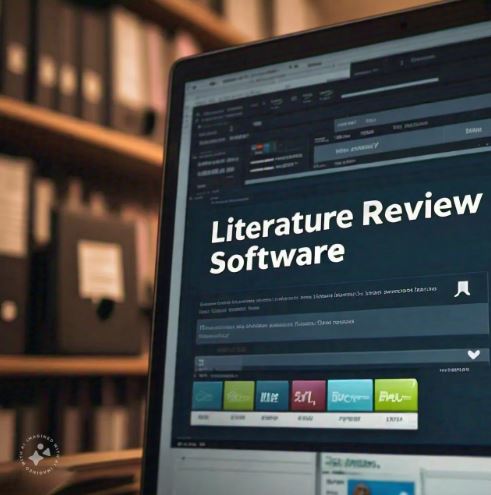What Features Should I Look for in the Best Literature Review Software?
Finding the right literature review software can be the difference between success and failure for a researcher. It will automate the entire process, save time, and boost efficiency. Knowing what to look for is essential in ensuring a decision is made in the right direction. This is just a summary of the main features to consider when picking the best literature review software.
Streamline Your Research Process with the Right Tools
Comprehensive Search Capabilities
The program should be able to access various databases and academic journals. Identify a tool that interacts with platforms such as Google Scholar, PubMed, or JSTOR, enabling easy access to studies relevant to your research. Another significant feature would be advanced filtering options that restrict searches with keywords, dates, or authors.
Reference Management Integration
Literature review software must support reference management tools like EndNote, Mendeley, or Zotero. These tools assist the researcher in importing, organizing, and citing references quickly, ensuring that while conducting the research, all citations are available, correctly formatted, and put seamlessly into your work.
Collaborative Features
Collaboration is fundamental in research, especially for groups working on a project. Choose software you can use based on real-time collaboration tools. Library sharing, commenting systems, and cloud-based access make it easy for several users to contribute, check, and edit the literature review simultaneously.
Data Extraction and Analysis
Software will be much more helpful if it helps extract data efficiently. Such software would allow users to mark and annotate articles, export relevant information, and, most importantly, automatically draw conclusions on themes or trends. Naturally, all this would slash the time spent analyzing studies.
Customizable Reports
Another essential feature to look for is the generation of structured reports. For your research, you must look for software to generate customized reports according to your needs. Such reports may include abstracts, visual aids such as charts and graphs, or templates for specific academic reporting formats. The output shall be a presentation of your results in a clear and organized manner.
User-Friendly Interface
A clean interface, with intuitive navigation and a low learning curve for the tool’s operation, allows researchers to focus on the work rather than figuring out how the tool works. Choose software that boasts nicely organized tabs, easily accessible functions, and tutorials or help sections for quick guidance.
Security and Data Privacy
Another issue that the software should address is data security. This includes encryption and safe data storage. When dealing with sensitive information, looking for options that comply with data privacy regulations, such as GDPR, is essential.
Cost-Effectiveness
Last but not least, look at your budget. Many of the tools for literature review have tiered pricing plans, so it is a good idea to find an option that suits your budget and balances the features well. Free trials and free, open-source options allow for an evaluation of software before committing to a purchase.
Final Thoughts
The best literature review software should enhance efficiency and collaboration-friendliness and simplify data extraction and reference management. Consider tools that can easily integrate with your workflow, have good search capability, and are safe. Using these features, you are better placed to pick what is needed for research.





